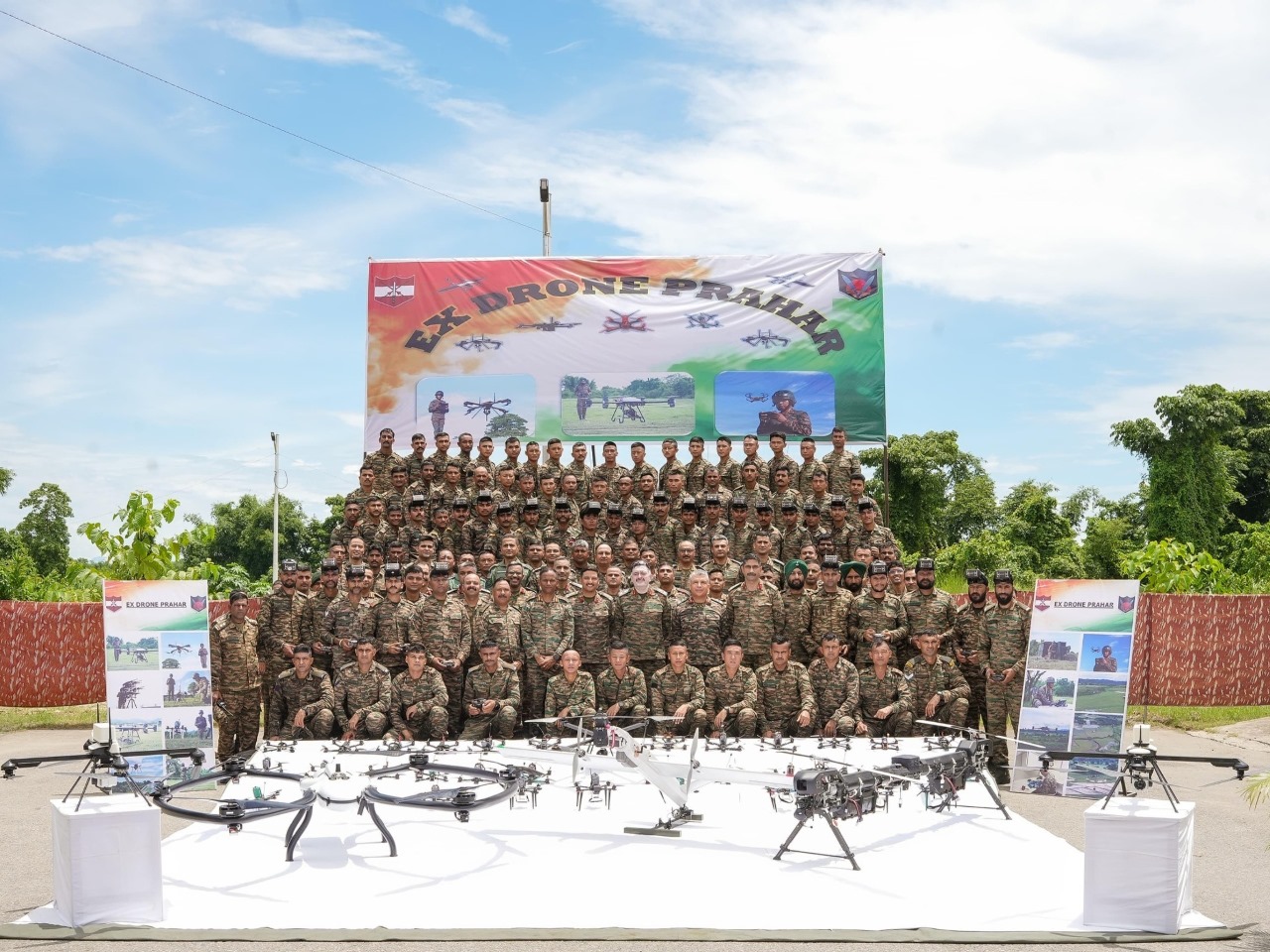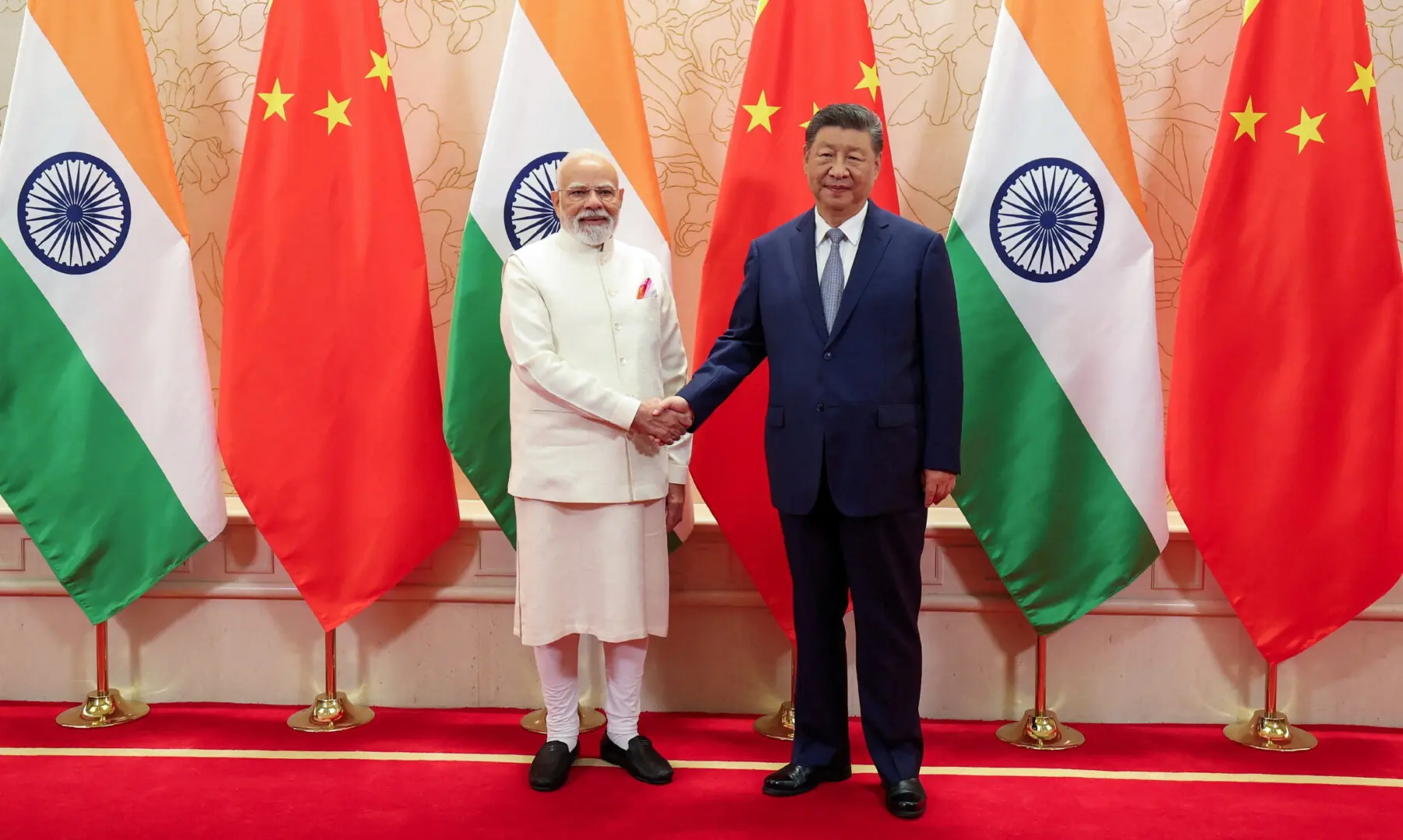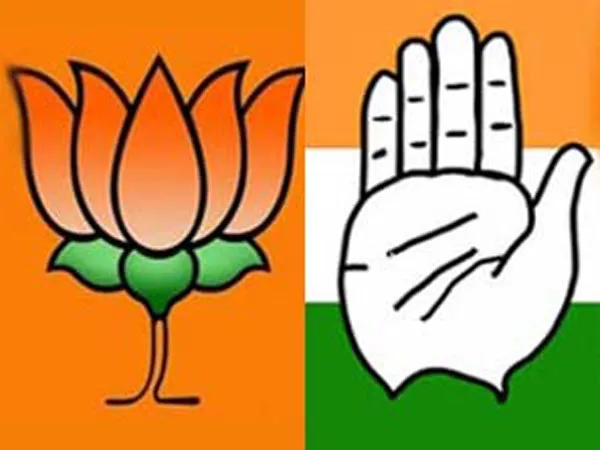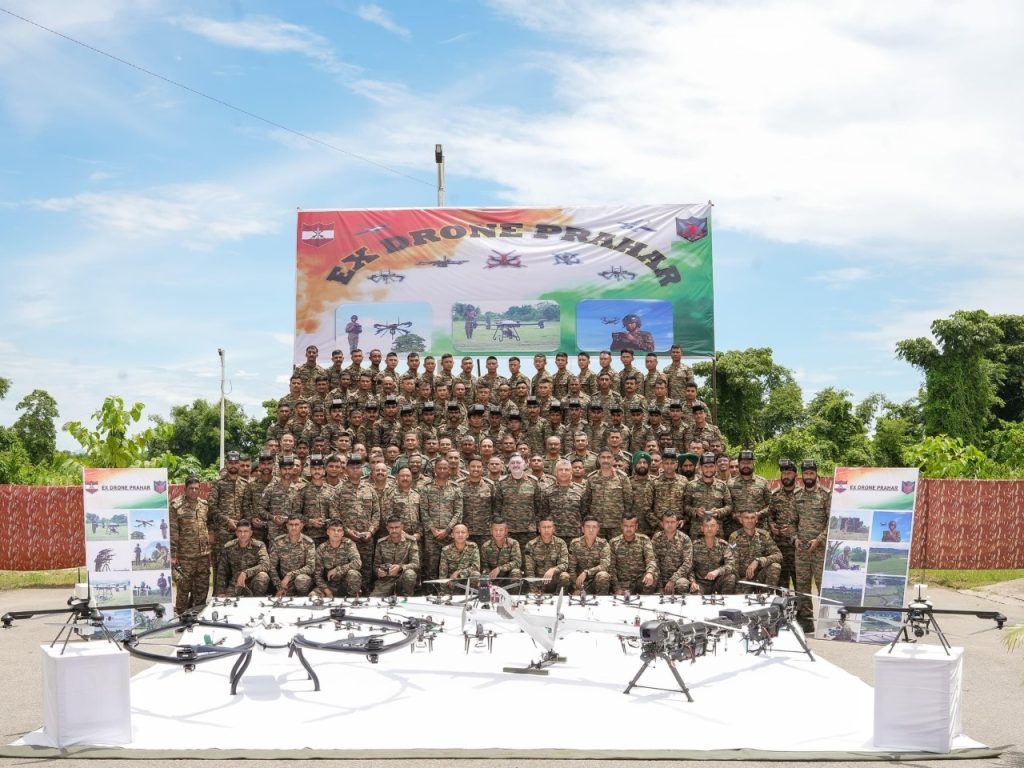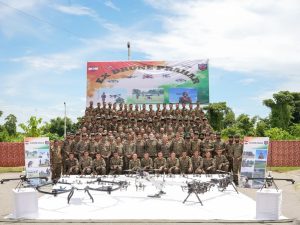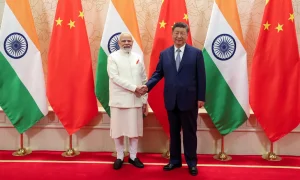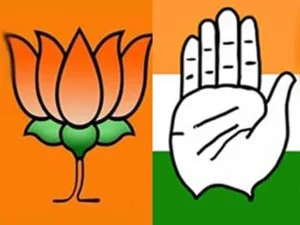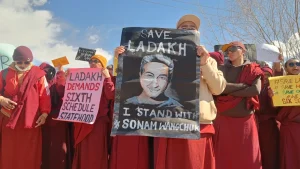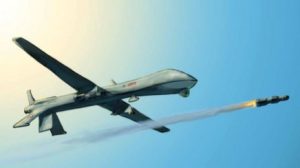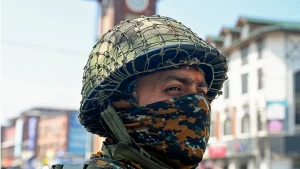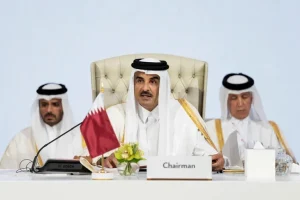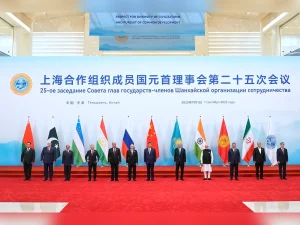The 2025 Indo-Pak four-day clash was the first instance when the Indian army deployed drones to neutralize Pakistani military targets in an armed conflict. From May 7 to May 10, drones were aimed at targeting Pakistani radars and surface-to-air missile units. Pakistan’s air defence intercepted all drones by using soft and hard kill methods except one, which partially damaged a military equipment in Lahore, according to Pakistan’s military spokesperson. In return, Pakistan retaliated, and its drones were able to inflict damage on the Indian side, which was acknowledged by both the international media and the Indian side. This indicates that Pakistan not only engaged the Indian drones but also managed to bypass the Indian army air defences. To address these gaps, the Indian Army has taken various initiatives in the last few months to enhance the training of its troops on how to effectively engage targets with drones, in addition to establishing new drone units within the army.
Soon after the May 2025 clash, the Indian Army decided to raise new units equipped with drones at the battalion and regimental levels. The official announcement of this initiative was made in July by the Indian Amy chief. According to the plan, infantry units will be equipped with either an FPV drone platoon or other drones to enhance situational awareness and improve the ability to engage both static and moving targets. This novel capability will enable Indian army soldiers to see the movement of their adversary’s soldiers and assets at longer distances, thus augmenting their early detection capabilities. This will allow them to pinpoint the adversary’s location and engage with precision. In addition to infantry formations, the Indian Army’s artillery regiments will also feature new drone units. However, in the case of artillery, they will also retain anti-drone systems, which allow them to neutralize the adversary’s unmanned aerial threats.
The efficacy of a drone’s ability to successfully perform its mission depends on the person operating the platform. This suggests that training is crucial to one’s ability to employ drones during military operations. In light of the difficulties faced in the 2025 crisis, the Indian Army has recognized the importance of enhanced training for its troops, both in facilities dedicated to drone handling and on-ground military maneuvers, which provides troops operating drones with real-time combat experience.
The Indian Army has recently decided to establish training centers at 19 major training facilities at different training hubs, including the Infantry School, the Officers Training Academies in Chennai and Gaya, and the School of Artillery. As part of this program, the Army will acquire approximately 1,000 drones of various types, including nano, micro, first-person view (FPV), small, and medium-sized drones. Additionally, at least 600 training simulators will be procured, along with compatible equipment, to provide the troops with real-time experience. The goal is to train all combat soldiers of the army by the end of 2027, thereby transforming the army into a high-tech force.
To provide the troops with real-time combat experience, eleven major (Superiority from Above, Drone Kaushal-I, Drone Prahaar, Drone Prahaar 2, Drone Astra-II, Siyom Prahar, Drone Kavach, Vayu Samanvay, Drone Kaushal-II, Drone Yodha, and Exercise Cold Start) and several minor exercises and maneuvers were conducted. These exercises focused on drone handling, the real-time orchestration of large-scale drone operations, airspace management, secure communication for seamless drone operations, employment in mountainous terrain, and counter-drone operations.
The latest and most significant maneuver of all is the four-day Exercise Cold Start, which began on May 7 in Madhya Pradesh. The exercise aimed to test and validate the performance of new drone and anti-drone systems, as well as the performance of the Indian air defense system against unmanned airborne threats. It is named after the so-called Indian military limited war doctrine, known as the Cold START Doctrine. The naming of the exercise as “Cold Start” is not a mere coincidence but shows India’s intent to create more options for its future operations against Pakistan.
In the days ahead, the Indian army is likely to achieve its desired objectives, as it has the backing of the Indian government, which has allocated $235 million four months ago to boost the local industry’s capability to manufacture military-grade drones. The army has already begun its shopping for drones and systems capable of neutralizing them. The first key order in this regard was placed in June 2025, under which the army ordered 450 Nagrasta-1R kamikaze drones, commonly known as loitering munitions. To neutralize drones, the army awarded a $5.2 million contract to a local manufacturer, Paras, to provide counter-drone systems that can jam their frequencies. Additionally, the Indian Army has ordered the “Saksham” counter-drone system, capable of jamming drones flying at an altitude of 10,000 feet. For kinetic engagement, the army has ordered six AK-630 Close-in Weapon Systems (CIWS), which are capable of providing point defence to any installations against FPV drones and drone swarms.
The rapid modernization effort will enhance the Indian military’s offensive capabilities. For example, once the Indian army deploys drones in large numbers, it will be better equipped to assess Pakistani forces’ positions quickly, monitor them in real-time, and engage them either by directly dropping payloads from drones or by supporting other kinetic systems, such as artillery and multi-launch rocket systems, with battlefield intelligence.
The Indian Army has laid the foundations for a new revolution that is likely to transform its approach to conducting military operations in the future. This signifies a shift in the Indian Army’s doctrinal stance, as it moves away from ground-focused mechanized assaults and begins to rely more on drones as the leading platforms for invading enemy territory. To make this transition feasible, the Indian Army requires a robust local drone manufacturing industry and a large sum of capital. Fortunately, it has both: India’s domestic industry can produce drones according to the army’s specifications on a larger scale, and the army has been allocated government funds to purchase them in bulk. For training purposes, measures have already been taken as explained above.
The recent threats from the Indian Army chief , who threatened to wipe out Pakistan’s existence, suggest that the Indian army’s preparations for drone warfare are not happening in isolation. The main target appears to be Pakistan. Given this context and a shift in doctrinal stance along the border, Pakistan must carefully evaluate the recent actions taken by the Indian army. To counter the emerging threat from the east, Pakistan’s best course of action is to begin investing in the development and procurement of counter-drone systems at the earliest. This will not save Pakistan from entering into an unnecessary arms race, but it keeps the balance in place as well.

